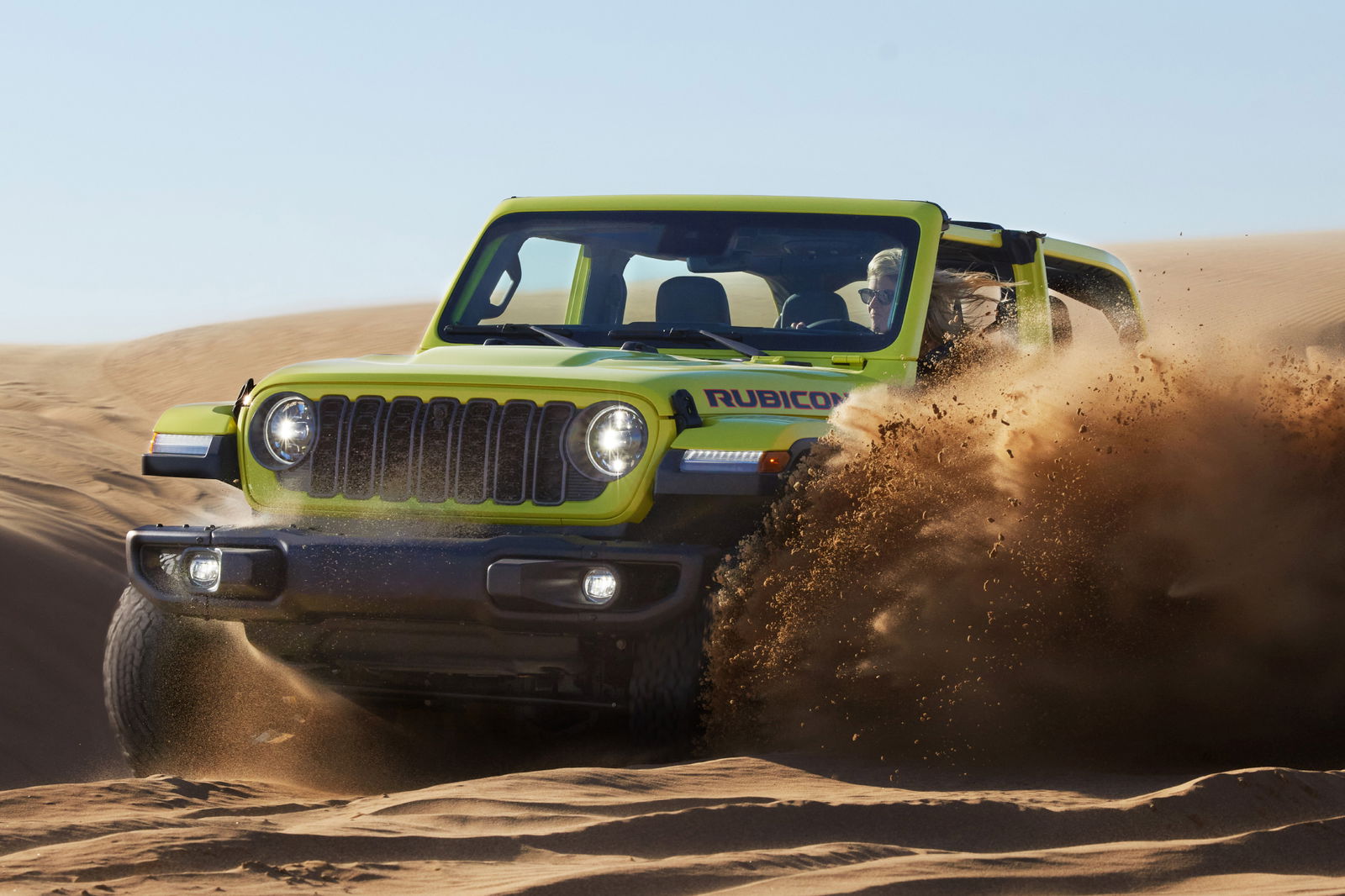
It’s always hard to sell discontinued products, but it’s especially hard if they cost more than $100,000. Which is why Jeep slashed more than $33,000 off the price of its Grand Cherokee this week.
The American brand announced back in March that it would discontinue what was once its most popular model, and one of the best-selling SUVs in Australia. As we’ve written about previously, Jeep’s decline in Australia has been dramatic, hitting a high in 2014 of more than 30,000 sales, it couldn’t manage 3000 sales in 2024 (recording just 2377).
To its credit, Jeep did try and put a nice spin on slashing the price of the Grand Cherokee Summit Reserve plug-in hybrid (PHEV) from $110,850 to $77,760, calling it “exceptional value in a highly competitive segment.” But to say these are the “final units” is probably pushing things too far when you’ve discontinued the model due to a lack of demand.
The loss of the Grand Cherokee is seismic for Jeep, it was the brand’s flagship and that role now falls to… it’s unclear. Despite being dropped months ago the Grand Cherokee remains the best selling model for the brand, ahead of the Wrangler and Gladiator.

Both of those off-roaders are very niche propositions, while the Compass is one of the lowest selling vehicles in the small SUV segment.
Then there’s the all-electric Avenger, which has always been recorded under the sales figures for ‘Stellantis’ and not ‘Jeep’ for reasons that are yet to be fully explained. It was a crucial model for the brand, something that could help lead it away from the off-road-only path, and potentially set it up for an alternative future… but people just aren’t buying it.
None of this is meant to deride Jeep, these are simply the facts. The brand’s sales are already down nearly 20 per cent on last year’s poor performance. It puts Jeep on course to sell less than 2000 new vehicles in 2025, a figure the likes of Porsche, Mini and Mercedes-Benz Vans have already surpassed.
It makes you wonder how long Jeep can survive at this rate. The brand is in deep trouble in its domestic market, so a small outpost on the other side of the world is likely to be a low priority. If Jeep can’t excel in ‘SUV and off-roader loving’ America, then where can it succeed?

The brand has previously revealed an array of new models, from a new city-sized Renegade to a high-performance Wagoneer S electric sports SUV and the rugged, electric Recon, but it’s not clear at this stage when, or even if, those will make it to Australia. And even if they do, is the market interested in electric Jeeps? The response to Avenger suggests not.
There have been reports that Jeep is now working on range-extended EVs alongside its PHEVs, so it has the technological arsenal to prepare itself for the future. It also has the right brand heritage, at least in terms of being a ‘tough and rugged’ maker of SUVs.
The problem Jeep Australia seems stuck against are the quality complaints that plagued the previous Grand Cherokee, seemingly turning what should have been a generation of Jeep fans into those who now stay away from the brand.

For its part Stellantis is saying all the right things and is adamant Jeep isn’t going to quit the Australian market. Hopefully that is true, because it would be sad to see such an iconic brand disappear, but we’ve already seen it happen to Dodge and Chrysler, so nothing is safe.
If that is indeed the case, then Jeep will need to reposition itself as a much different and very niche off-road brand centred around the Wrangler and Gladiator. Or reinvent itself as a leader in PHEV and range-extended EV off-roaders with the likes of the Recon and next-generation Renegade.
That is assuming it can maintain enough sales to remain a viable business in a new car market that is adding brands at an unprecedented rate. The influx of new brands, including Stellantis’ own Leapmotor will only make life tough for Jeep and other famous nameplates that are struggling to adapt to the changing market.
What do you think – Would you be sad to see Jeep leave Australia?













Discussion about this post